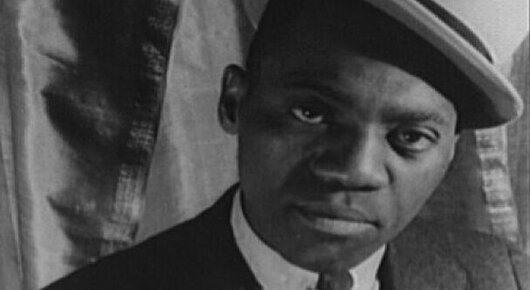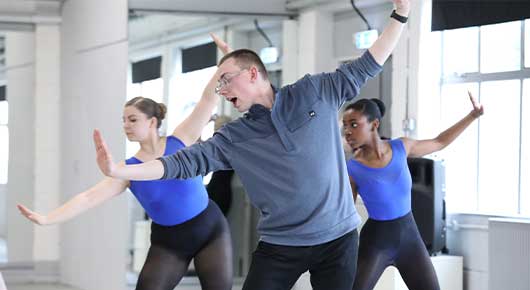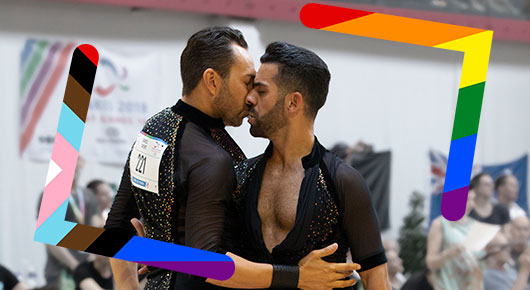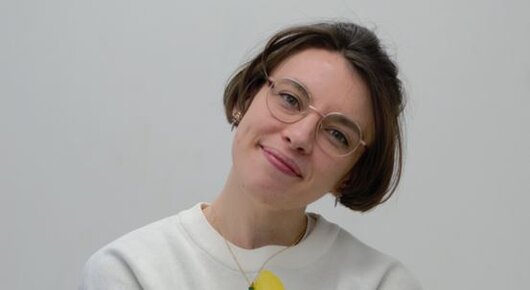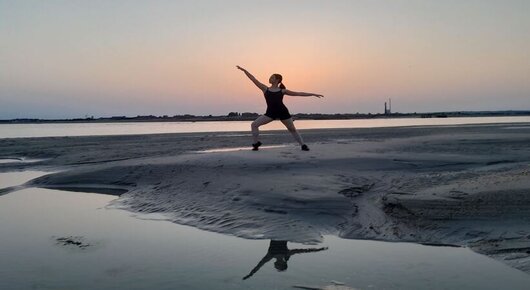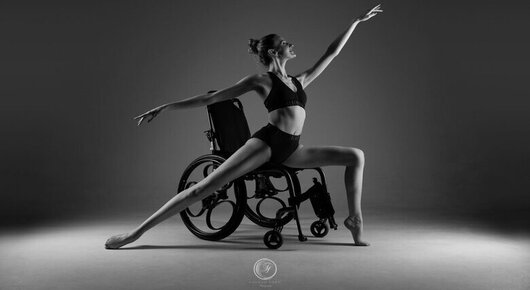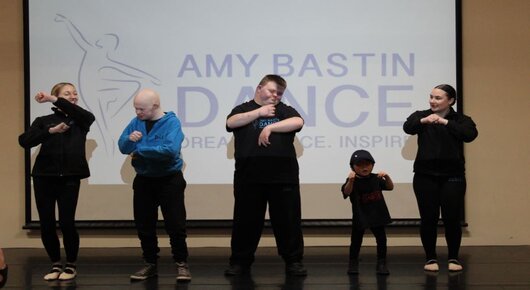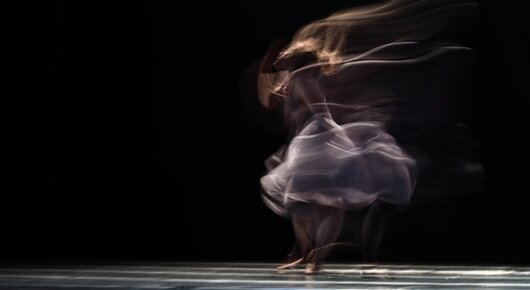21 February 2023
What is ballroom, if not the Modern Ballroom at Imperial Society of Teachers of Dancing genre, you ask? And what is ‘voguing’? With a rich history and cultural importance, voguing is still regarded as fairly ‘new’, introduced to queer culture in the 1980s.
Vogue, or ‘voguing’ is a type of improvisational dance inspired by the poses of models in fashion magazines. Many will recognise the style of dance from Madonna’s ‘Vogue’ music video, with its model-like poses and a runway ‘walk’ that includes angles, boxes, and lines with the body and arms on the beat.
MADONNA'S VOGUE MUSIC VIDEO
Named after the renowned Vogue fashion magazine, voguing gives a nod to high fashion and ancient Egyptian art, with included exaggerated hand gestures.
Where did voguing come from?
Between the 1960s and 1980s in Harlem, New York, a highly stylised form of dance emerged from the black and Latinx New York LGBTQ communities. Competitions known as ‘balls’ had been regularly held since the mid-1800s, gaining public visibility in the 1920s. Balls were crucial in the creation and maintenance of LGBTQ culture.
In the 80s, voguing was introduced to the scene. Ballroom culture incorporates ‘vogue’ battles, and dance competitions similar to pageant events that allow dancers to compete for trophies. Individual voguers in the ballroom scene traditionally each make part of a ‘House’, a competitive group that acts as a support network and extended social family.
Voguing and dance
There are currently three distinct styles of vogue dance:
Old Way (pre-1990)
The original form of voguing, ‘Old Way’ is characterised by the formation of lines, symmetry, and precision with fluid-like movement. Egyptian hieroglyphs, martial arts, breakdance, popping, and male fashion poses serve as the original inspirations for old-way voguing.
In its purest and historical form, voguing of the old way is a ‘duel’ between two rivals.
New Way (post-1990)
The new way of voguing is more flexible and gymnastic. It is characterised by creating complex angles, boxes, lines, and illusions with the hands, wrists, and arms. Inspired by performers who use poses including contortionists, gymnastics, and yoga.
Vogue Fem (circa 1995)
Vogue Fem is based on the ‘old way’ performance and embodies feminine appearance and movement. With five basic elements: hands, catwalk, duckwalk, spins/dips, and floor, influences are taken from a wide range of dance genres, including Modern Dance and Ballet.
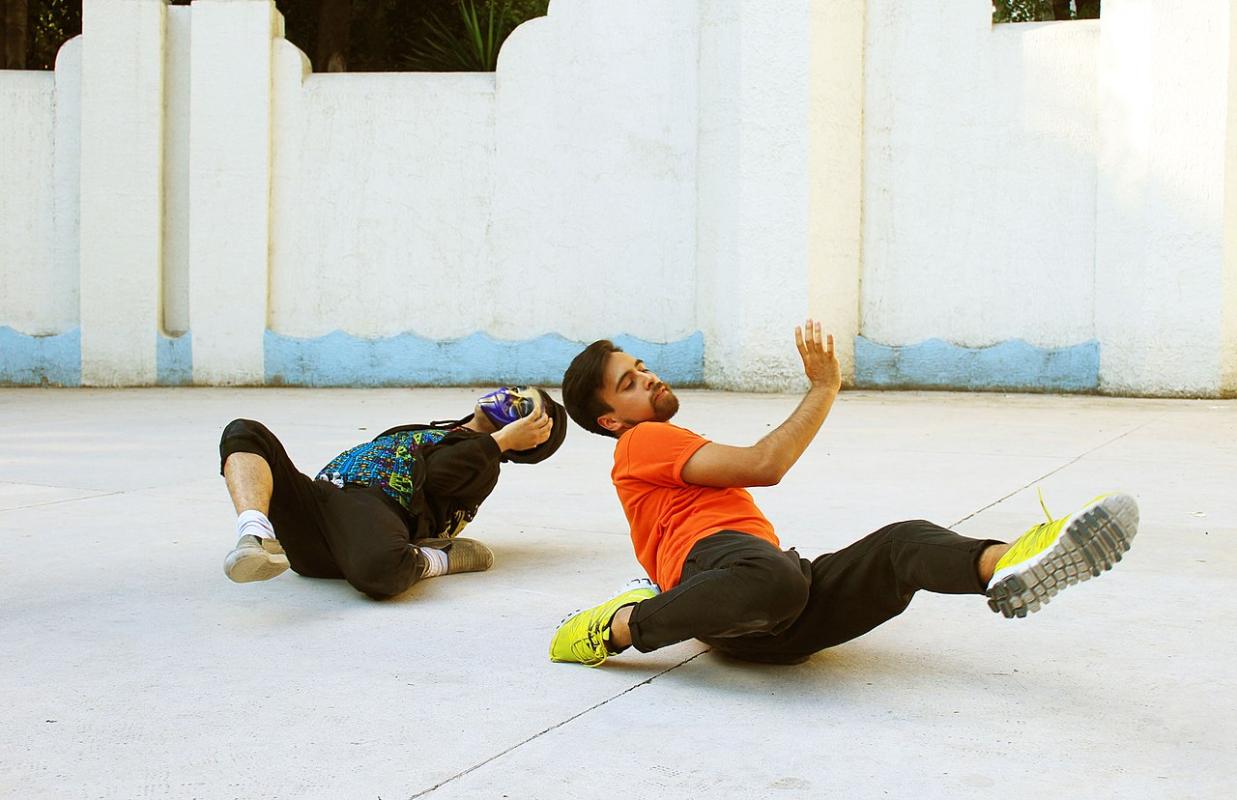
Inspirational figures
Willi Ninja, a renowned figure on the Harlem Ballroom scene, was known as ‘the godfather of vogue’. He drew inspiration for his dances and intricate choreography from mimes and martial arts and took the dance form around the world. You can follow us on Instagram and explore our LGBTQIA+ highlight to discover more inspirational LGBT figures.
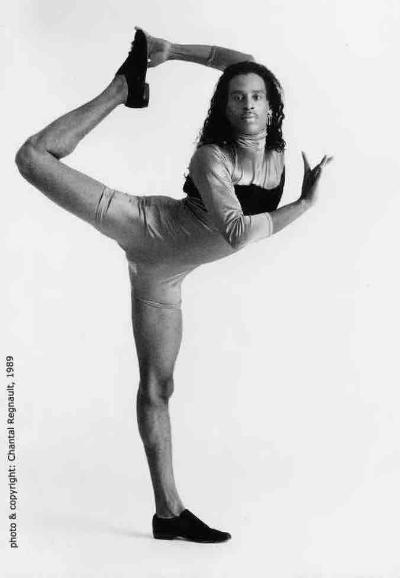
WILLI NINJA voguing by chantal regnault
How can I learn more?
Directed by Jennie Livingston, Paris is Burning is a 1990 documentary film that features African American and Hispanic gay men, drag queens, and transgender women as they compete in competitions.
Through various ballroom scenes and interviews with participants of a ‘ball’, Livingston sheds light on the different forms of oppression the community faced, including racism, sexism, classism, and discrimination based solely on not fitting into mainstream society.
You can watch Paris is Burning in full via YouTube. Watch the trailer below:
PARIS IS BURNING TRAILER
